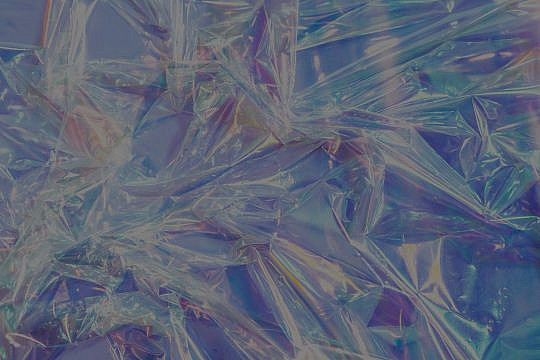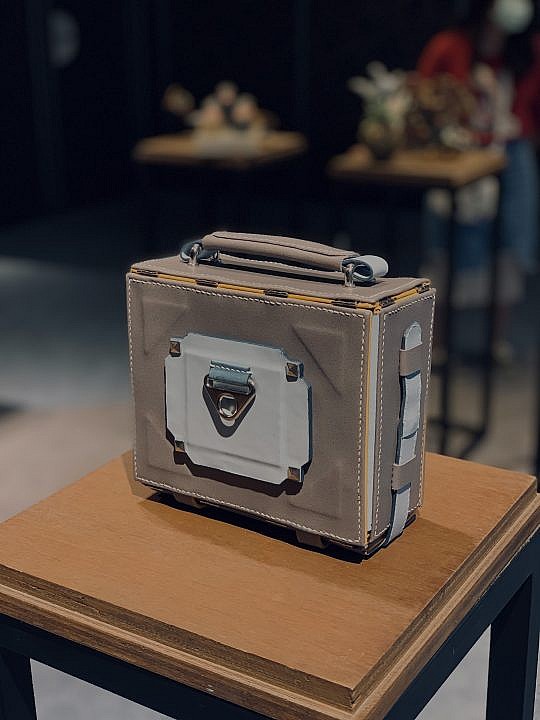
Taiwanese fashion: Street Seen
Real people, real style. Direct from the streets.
Uses: Saddlery, shoes and boots, upholstery.
Properties: Full grain leather includes the top split of the hide and may include the corium. Full grain from adult animals is quite thick, even if it includes just the top-split, and is appropriate for belts and saddles. Full grain from calves will be thinner and can be used in finer applications like shoes. Full grain can be made from both the outer and inner layer of the hide which makes it particularly durable. Full grain often shows the natural imperfections of the leather, its character. It is prized for its durability.
Uses: Handbags, watchstraps, wallets, shoes
Properties: Top grain leather is very similar to full grain. It is made from the outer layer of the hide while the corium, or the “split” is removed. This makes the leather easier to dye and shape. It is of very high quality and more supple than full grain thus frequently used for wallets, shoes and watch straps.
Uses: Handbags, watchstraps, wallets, shoes
Properties: Corrected grain leather can be either full-grain or top-grain but, but it is sanded or buffed to remove imperfections on the surface (grain) of the hide.
Uses: Belts, clothes, footwear, accessories
Properties: This can come from any layer of the hide except the outer which is reserved for full grain and top grain. Like top-grain it is sanded or buffed and is easy to dye and shape.
Uses: Shoes, furniture, clothes, accessories
Properties: This is cut from the lower levels of the hide, sometimes left over from the creation of top-grain leather. It is not as strong as full and top grain but it is very flexible and good for complicated designs. Suede leather often comes from the split grain. It can be easily coloured and left with the nap or dressed to be smooth. More details here.
Photo by Konstantin Evdokimov on Unsplash

Real people, real style. Direct from the streets.

Almost a quarter of a billion tonnes of plastic is manufactured every year. Considering it takes up to 500 years to biodegrade, it’s a good job we can recycle it, right?

‘Leather Locations’ is a three-part series, taking a closer look at the leather industries across the globe.

Meet 24 year old Yu ChiKit, this year's gold winner of the Student Design competition: Accessory Category. Don't forget to watch the video!